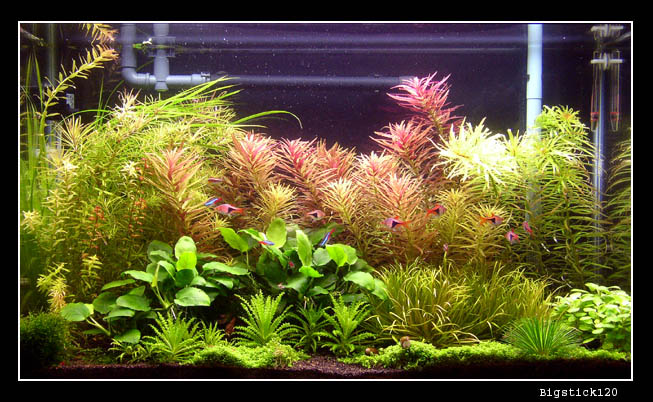October Meeting
Please join us on October, 26th at Najib Adi’s house for our next meeting. Rebecca Goldring will share her knowledge and experience with Dicrosus in the planted aquarium.
Rebecca Goldring is social scientist and lifelong aquarium hobbyist. Rebecca currently maintains about 30 aquariums ranging in size from 5 to 300 gallons and keeps a variety of freshwater fish, aquatic plants, and invertebrates, as well as a few outdoor ponds. She’s bred a wide variety of fish, including South American Bumblebee Cats, Checkerboard Cichlids, Freshwater Pipefish, and many species of tetra.
Rebecca’s talk, “Dabbling in Dicrossus,” covers topics on general care, sexing, spawning, and rearing both Dicrossus maculatus and Dicrossus filamentosus. It includes detailed experiential information with both species and will have some new material on best practices for artificial rearing.
October 26th at 1:00pm
15814 Spyglass Hill Loop
Gainesville, VA 20155
This is a gated community. Please say “GWAPA at the Adi’s” at the gate.







